
Skunks are fascinating creatures that play an essential role in maintaining ecological balance. Despite their infamous reputation for emitting a pungent spray, skunks are incredibly valuable in various ways. This article delves into their natural purpose, unique biological traits, and how humans can coexist with them.
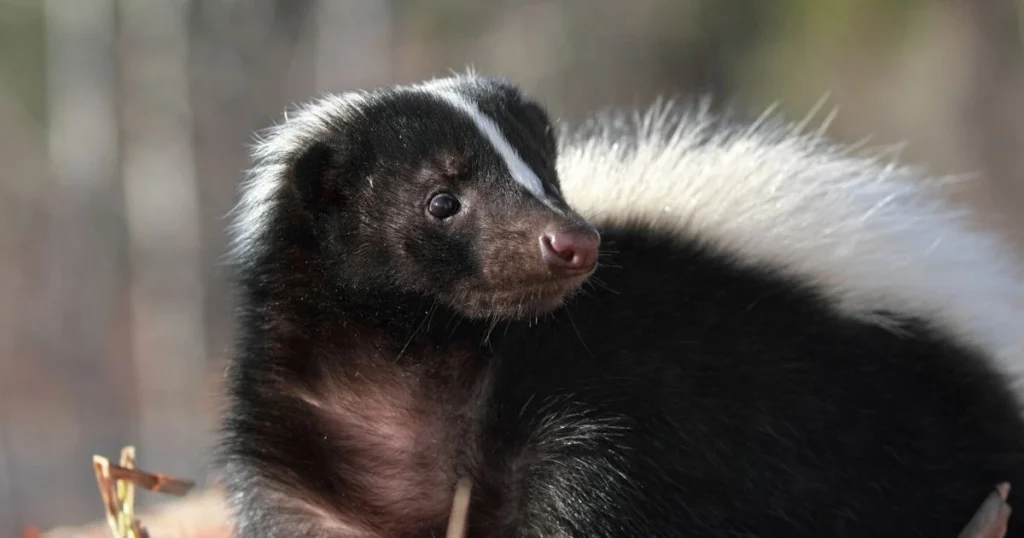
Skunks are small to medium-sized mammals known for their black and white fur patterns. They belong to the family Mephitidae and are found across the Americas. Their most recognizable feature is their ability to spray a noxious liquid, which is a defense mechanism against predators.
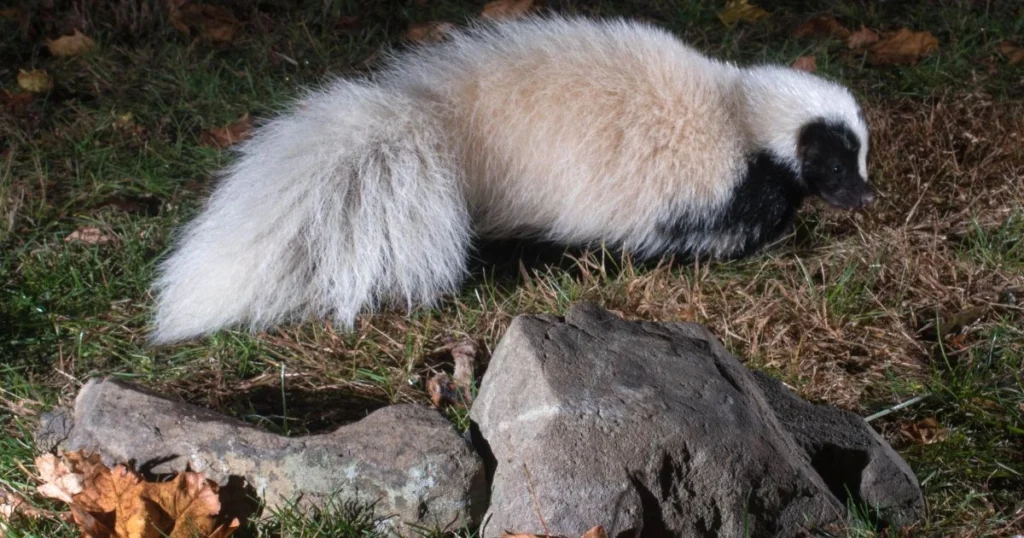
Skunks contribute significantly to the environment in several ways:
Skunks are voracious consumers of insects, including harmful pests like grubs, beetles, and wasps. By feeding on these insects, they help maintain a balanced ecosystem and protect crops and gardens.
Skunks also prey on small rodents, which helps regulate their populations. This is particularly beneficial in preventing the spread of diseases associated with rodents.
Skunks digging for grubs and other insects aerate the soil, promoting better water infiltration and root growth. This natural tilling process enhances soil health.

Skunks are an integral part of biodiversity. They interact with various species and contribute to the food web. Despite their pungent defense mechanism, predators such as coyotes, owls, and bobcats feed on skunks.
Skunks are both predators and prey, making them crucial for energy transfer within ecosystems. They also help decompose organic material by scavenging.
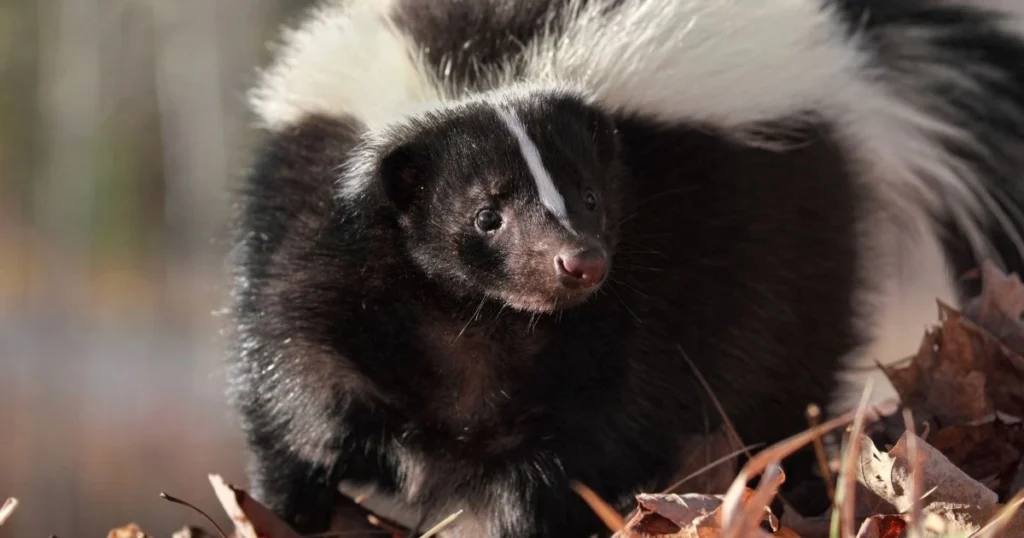
The notorious skunk spray is a sulfur-based compound that is a powerful deterrent against predators. Skunks only spray as a last resort, as producing the liquid requires significant energy.
Skunks typically spray when they feel threatened or cornered. They may warn potential threats by stomping their feet or raising their tails.
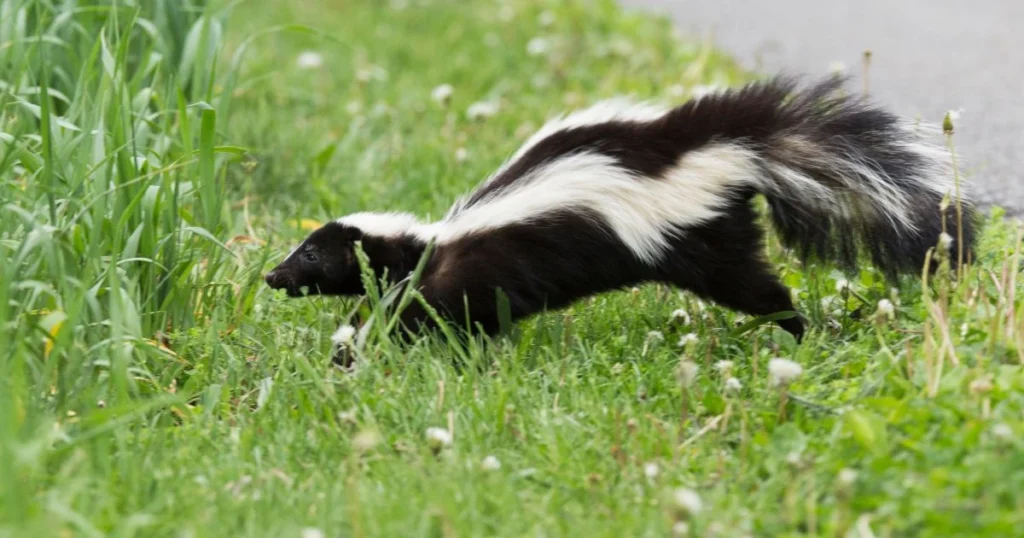
Skunks have adapted well to urban environments, where they continue to play their ecological roles. However, their presence near human habitation can sometimes lead to conflicts.
In urban areas, skunks help control pest populations such as cockroaches, termites, and rodents.
Skunks often scavenge for food in trash bins, reducing organic waste that would otherwise attract other pests.
Understanding skunks and their habits can help reduce human-wildlife conflicts. Here are some tips for coexisting peacefully with skunks:
Use tightly sealed trash bins to prevent skunks from foraging for food near your home.
Remove fallen fruits, pet food, and standing water that might attract skunks.
Install skunk barriers, such as fencing, and seal entry points under decks or sheds.
While skunks are beneficial, their presence can occasionally cause issues, such as:
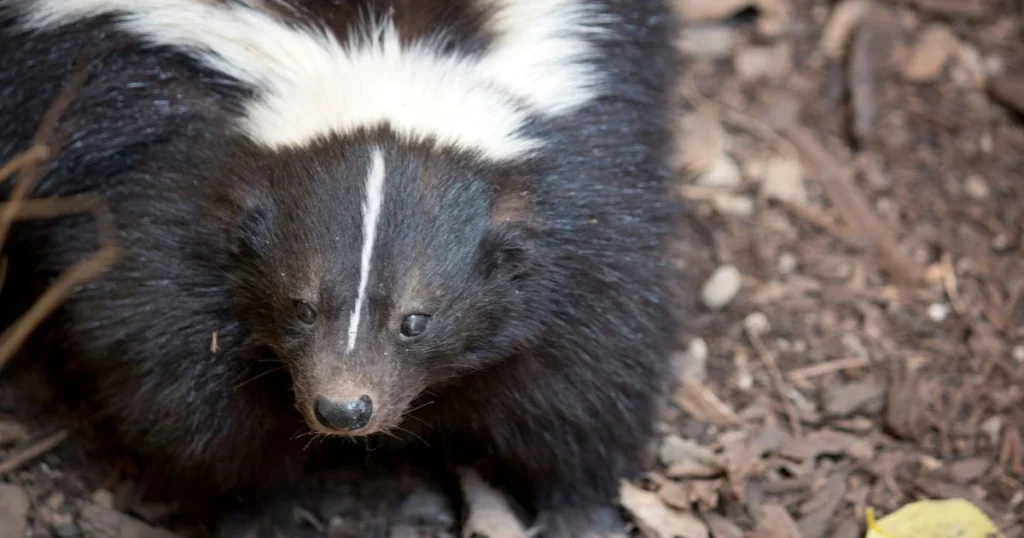
If skunks are causing persistent problems or have taken up residence on your property, contacting wildlife removal experts like Critter Stop is best. Their humane methods ensure skunks are relocated safely without harm to you or the animals.
Critter Stop offers:
Contact Critter Stop today at (214) 234-2616 for all your skunk-related concerns.
Skunks play an invaluable role in ecosystems by controlling pests, managing rodent populations, and improving soil health. While their spray may make them infamous, their contributions to the environment far outweigh the inconveniences they might cause. We can appreciate and protect these fascinating creatures by taking steps to coexist peacefully and contacting professionals when necessary.
Skunks are fascinating creatures that play an important role in the ecosystem. From controlling pests to being used in unique applications, skunks have distinct characteristics that intrigue them. This FAQ section delves into various aspects of skunks, their purposes, and their unique traits.
Skunks serve as natural pest controllers. They help keep populations of insects, grubs, and small rodents in check, which can benefit gardens and crops. Additionally, skunks play a vital role in seed dispersal, contributing to plant growth and biodiversity in their habitats.
Female skunks look very similar to males, with their signature black fur and white stripes. However, females are usually smaller and have a more slender build than males. Despite their size, they are equally capable of defending themselves with their spray.
Skunk essence, derived from their spray, has been used in various ways, including as an ingredient in certain perfumes and traditional medicines. Additionally, its strong scent attracts other wildlife, making it a lure for trapping animals.
A male skunk is often called a buck, similar to male deer and other mammals. In the wild, male skunks are usually solitary and tend to roam larger territories than females.
Male skunks are generally larger and bulkier than females, with similar black-and-white markings. They have robust frames and are more likely to be seen traveling alone, particularly during mating season when they roam extensively.
Skunks reduce insect populations, such as grubs, beetles, and wasps, which can damage crops and plants. By controlling these pests, skunks contribute to healthier ecosystems and reduce the need for chemical pesticides.
Male skunks are typically larger and more territorial than females. Females are likelier to stay close to their dens, especially during the breeding season when they care for their kits. Both sexes, however, share the same striking black-and-white coat.
Skunks play a crucial role in biodiversity by maintaining balanced populations of insects and rodents. Their scavenging habits also help clean up the environment by consuming carrion, which reduces waste and the spread of disease.
Visit our Critter Library and learn more about our furry friends